Health Canada reports that 11 million Canadians experience musculoskeletal conditions each year, which is more than cancer, stroke, heart disease, diabetes, and Alzheimer’s Disease combined. Further, the Canadian Pain Task Force estimates that about nine million Canadians will suffer from chronic pain by 2030.
This year’s World Spine Day encourages people to take steps to be kind to their spines. As you know, back pain is one of the main causes of emergency department visits, and one of the leading causes of initial opioid prescriptions. It also affects many marginalized communities, including people living in poverty and veterans. Left untreated, back pain can significantly impact one’s quality of life and lead to chronic pain, but not everyone is aware of these facts.
Here are Some Tips to Improve Your Spinal Health

Did you know that sitting in one position for longer than 30 minutes can cause problems in your low back? Avoid this by changing positions and stretching frequently. Set a reminder to take regular posture breaks on your phone or computer, or add a note or sticker as a visible cue.

Poor posture can cause neck and back pain. It can also lead to other health problems, such as headaches, shoulder pain, and even nerve damage. When poor posture becomes chronic, it can cause irreversible damage to the spine. Explore our blog for lots of tips on posture!

Water is the most important thing to drink for a healthy back. It allows nutrients to travel to the major organs, remove waste, and maintain function in the joints, organs, and most importantly, the spine! The main part of your spine is made up of 24 bones, or vertebrae. Wedged between your vertebrae are little jelly-like discs that protect the spine by acting as shock absorbers as you move. They prevent your vertebrae from rubbing together, but in order to do this, these discs rely heavily on fluids. Water is continuously lost and reabsorbed and when your discs don’t rehydrate enough, they shrink. This forces the outer layer to take on more stress, which eventually leads to swelling and pain.

Stretch, go for a walk, incorporate a weight training routine, strengthen your core.
Your back and abdominal muscles are both part of your core which is essential for stability, mobility, and flexibility. When your core is weak, it can produce pain that extends beyond just your lower back up into your shoulders and neck, and down into your hips and legs. Strengthening these muscles can improve posture and relieve pressure off your back. A strong core reduces your risk of injury.
Here are some fun fall activities that will get you active:
- Visit a pumpkin patch
- Explore a corn maze
- Go apple picking
- Take a scenic hike and admire the changing leaves
- Take your kiddos to a playground and join them!
If you are experiencing chronic pain that worsens over time or becomes debilitating, or if you would like a spinal check up to maintain a healthy spine, call our office at 416-297-8599 or book an appointment online.

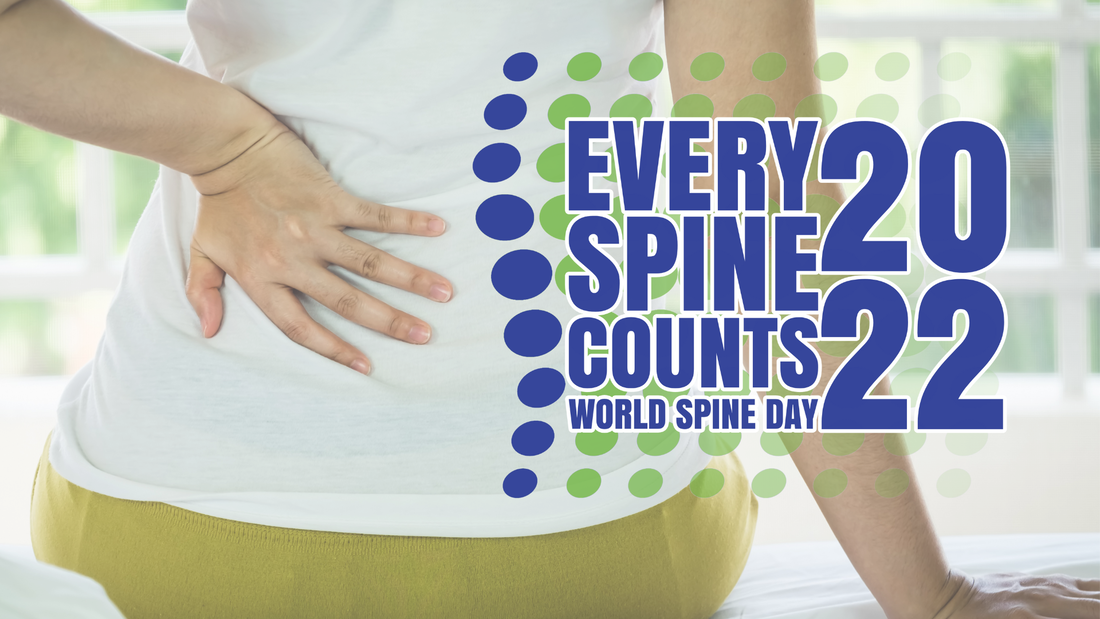

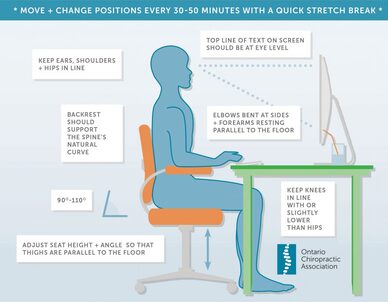
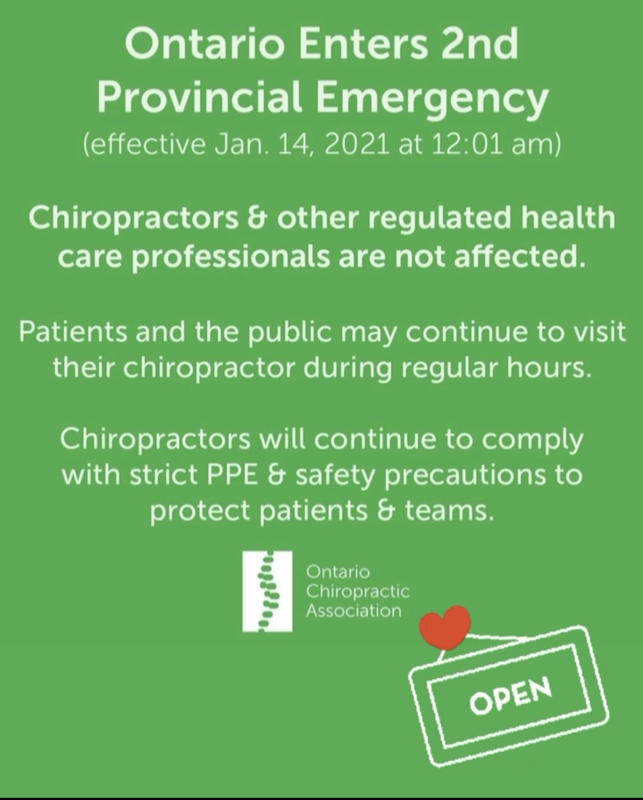
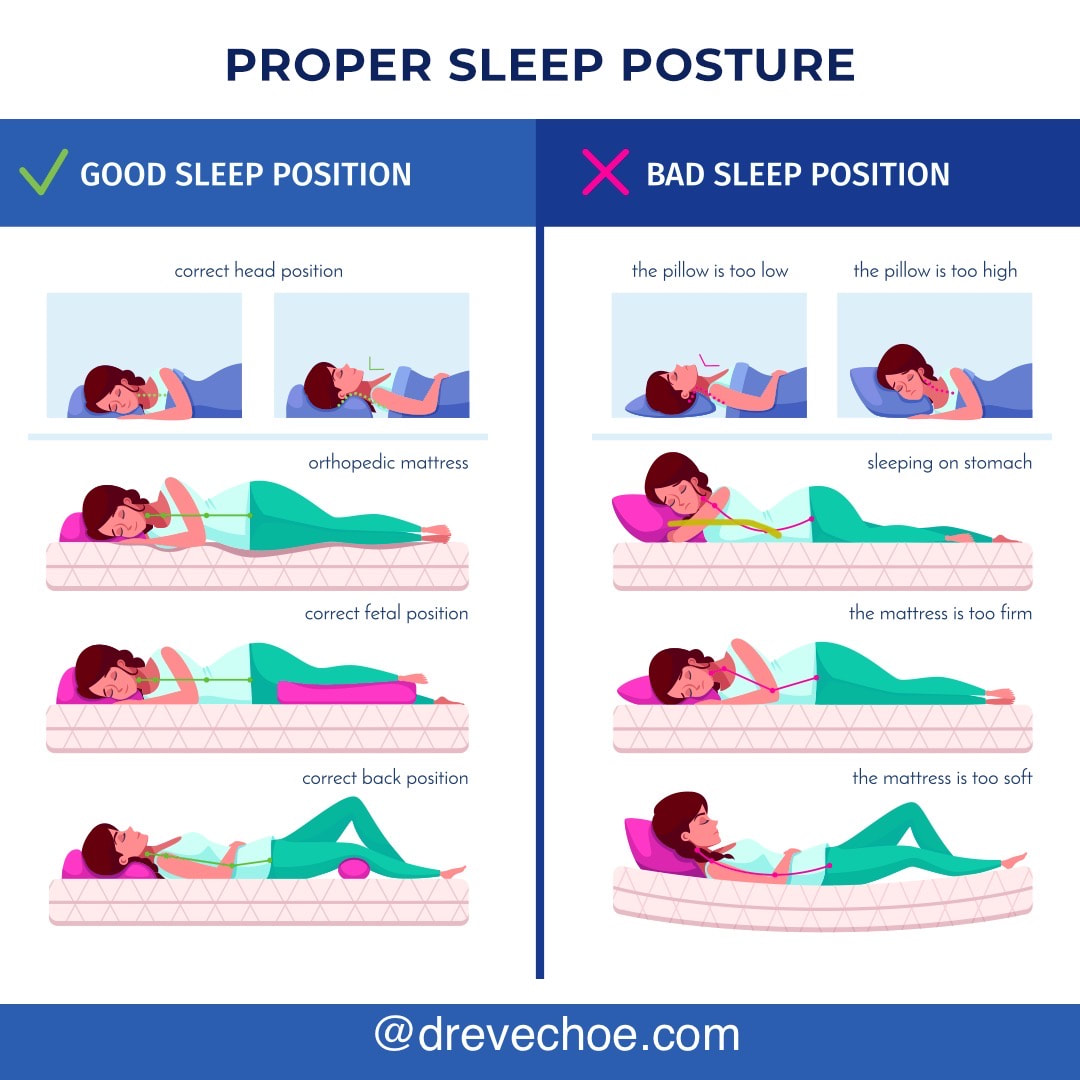

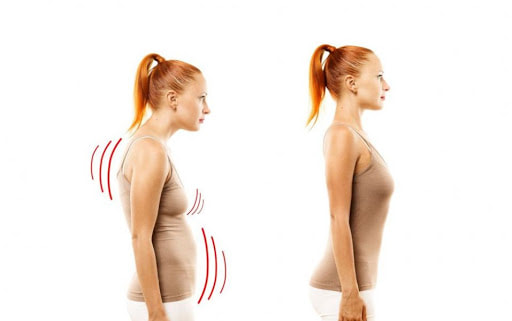
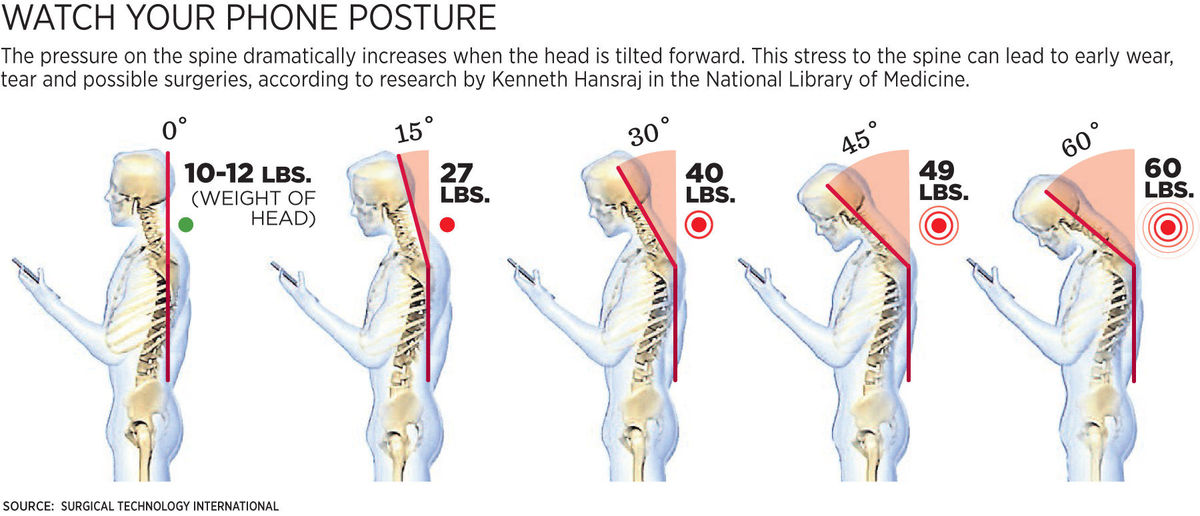




 RSS Feed
RSS Feed